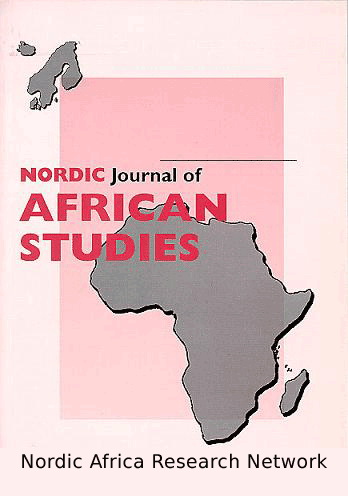
Published 2023-03-31
Keywords
- Tiv,
- enclitic,
- information structure,
- noun phrase,
- prepositional phrases
Copyright (c) 2023 Michael Angitso

This work is licensed under a Creative Commons Attribution-NonCommercial 4.0 International License.
How to Cite
Abstract
Tiv associative constructions and prepositional phrases are characterized by what was originally a noun class agreement enclitic that has degenerated in some morphosyntactic contexts to a grammatical tone that remains invariant in noun class agreement. The enclitic interacts closely with an interesting property of Tiv relating to the contrast between the so-called A- vs. B-forms, in that the enclitic only manifests on B-forms. The paper also outlines a number of morphosyntactic functions of the enclitic, including marking the boundary of the tighter morphosyntactic unit or bracket that head nouns form with dependent elements such as another noun, as well as headship indexing. In certain cases the enclitic conflates the semantic functions of noun class agreement marking with the pragmatic value of topicalization. The enclitic started out in associative constructions as pragmatically motivated, but has gradually faded out in prepositional phrases originating from the associative constructions, with only syntactic conditions remaining. Despite its language-specific behaviour, the Tiv enclitic fits into the profile of the enclitics found in other Bantoid languages like Aghem (Hyman 2010, 1979), Isu (Kießling 2010), and Babanki (Akumbu and Kießling forthcoming), where the pragmatic values encoded by enclitics range between defocalization and focalization.
